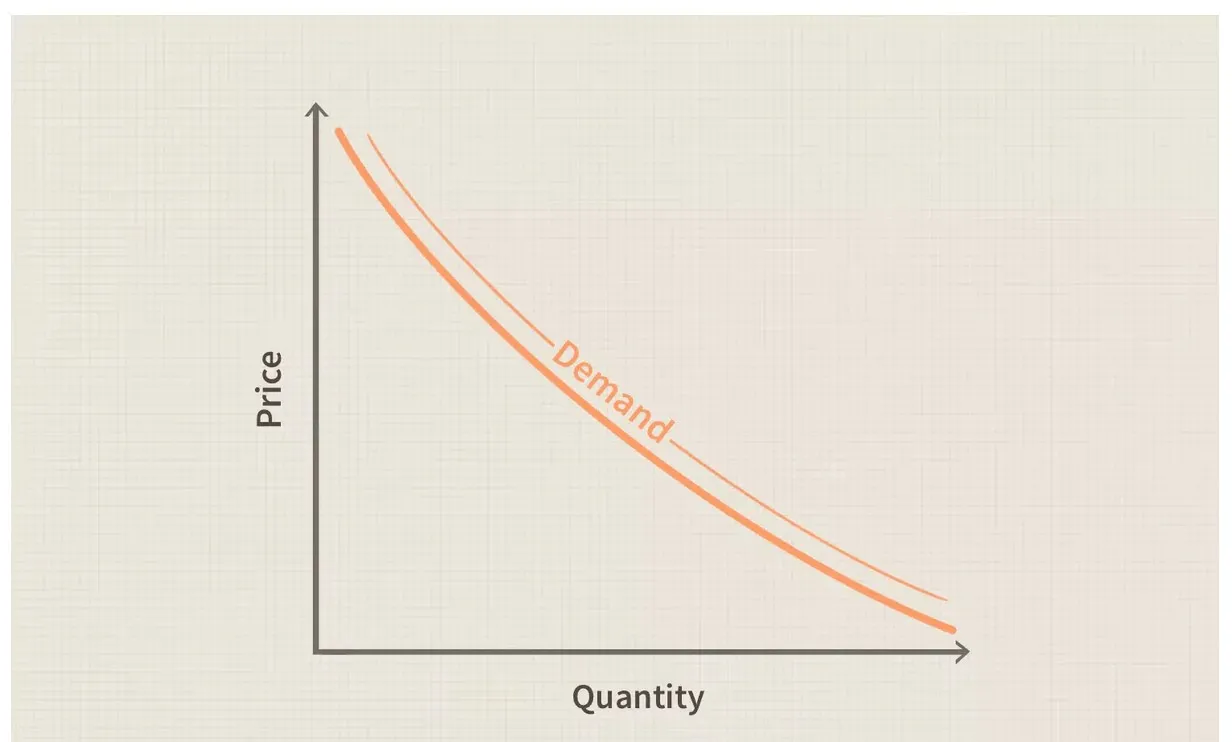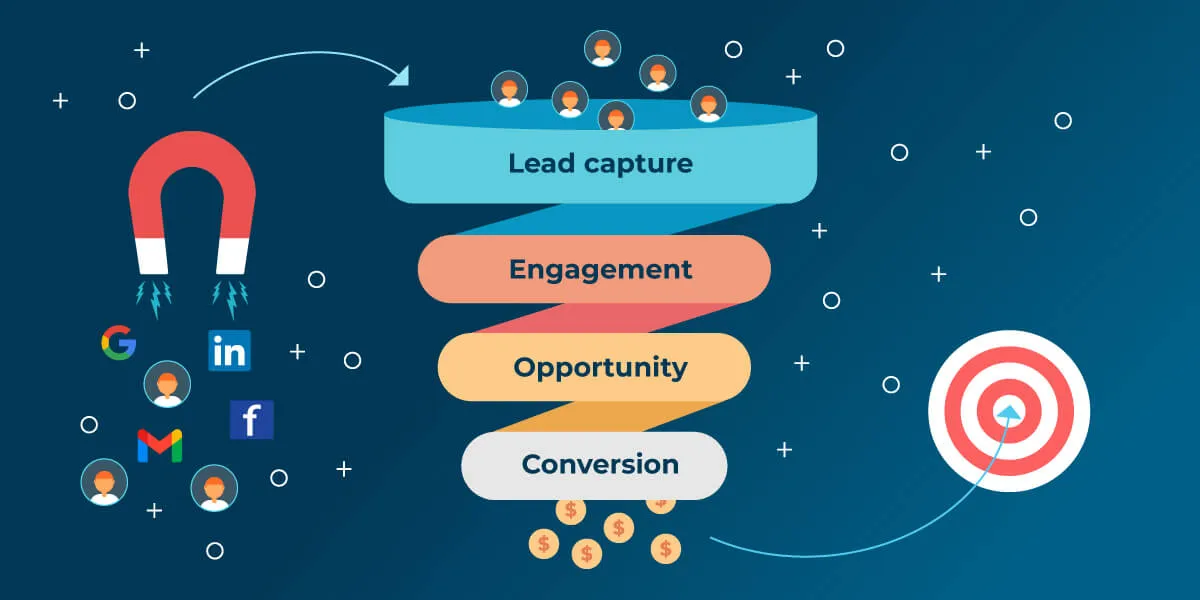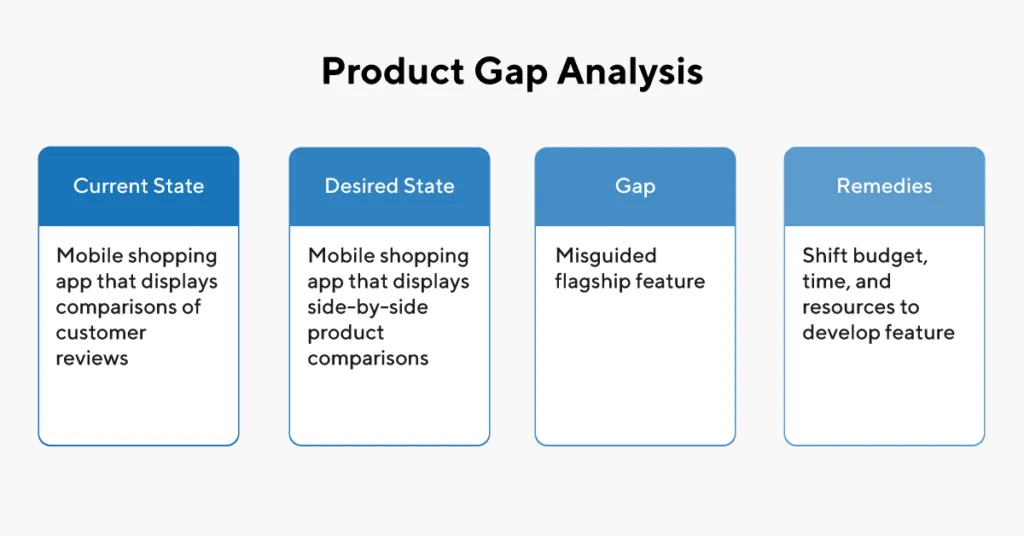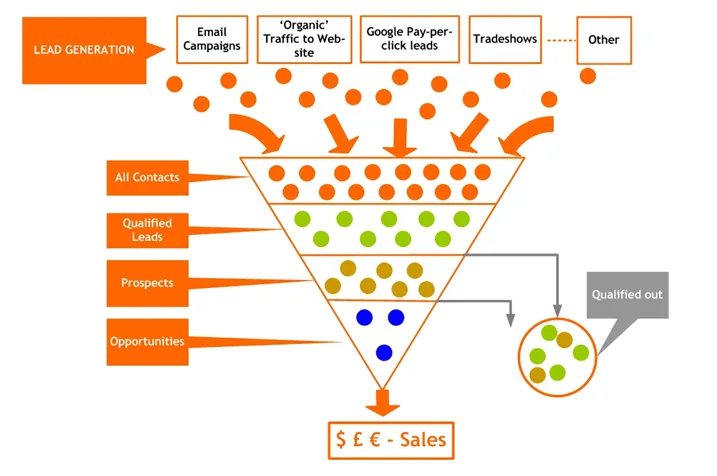Introduction to Market Demand

What is Market Demand
Market demand describes the total quantity of a product or service that consumers are willing and able to purchase at various price levels within a given time period, assuming all other factors remain constant (ceteris paribus). It is a fundamental concept in economics that represents the aggregate demand for a product or service from all consumers in the market.
Market demand is typically represented by a demand curve on a graph, where the x-axis represents the quantity demanded and the y-axis represents the price of the product or service.
The curve usually slopes downward from left to right, indicating that as the price of an item falls, the quantity demanded increases, and vice versa.

Types of Market Demand
Individual and Aggregate Demand
- Individual demand is a single consumer's need, while aggregate demand is the total across a market.
- Example: A coffee shop's aggregate demand might be 450 cups a day, combining individual demands.
Elastic and Inelastic Demand
- Price changes significantly affect demand, like with fast fashion sales increasing due to discounts.
- Inelastic: Demand stays stable despite price changes, such as insulin for diabetics.
Seasonal Demand
- Demand fluctuates with seasons or holidays, affecting certain product sales.
- Example: Air conditioning sales spike in summer, with up to 75% increases noted from May to August.
Derived Demand
- Demand for one product drives demand for another, related one.
- Example: Smartphone production boosts demand for lithium due to battery needs.
New Market Demand
- New products or services create previously non-existent market demands.
- Example: Electric vehicle sales surged 40% in 2020, marking a shift towards sustainable transport.
Declining Demand
- Demand drops over time due to changing preferences or advancements.
- Example: DVD player sales plummeted over 80% from 2008 to 2018 due to streaming services.
Latent Demand
- Exists when current offerings can't satisfy a desire for a product or service.
- Example: High-speed internet's spread enabled streaming services like Netflix to meet consumer desires for convenient entertainment.
What is Demand Generation

Demand generation is a process aimed at creating awareness and interest in a company's products or services. It encompasses a wide range of activities designed to build and nurture key prospect and customer relationships over time.
The goal is to develop a sustainable pipeline that drives awareness, engagement, and ultimately, conversion.
This strategy involves multiple marketing and communication tactics, including content marketing, email campaigns, SEO, and social media marketing, to educate and influence the target audience.
What is Demand Marketing

Demand marketing is closely related to demand generation but focuses more specifically on the strategies and tactics used to drive interest and demand for a product or service.
It's about creating a need or desire for your offerings by demonstrating their value and relevance to the target audience.
Demand marketing strategies might include targeted advertising, event marketing, and creating educational content that addresses the specific needs and pain points of potential customers, aiming to move them through the sales funnel from awareness to purchase.
What is Lead Generation

Lead generation is a component of the broader demand generation strategy, focusing on identifying and cultivating potential customers for a business's products or services.
It involves collecting information from prospects through various channels — such as landing pages, social media, and direct mail campaigns — with the aim of converting them into leads that can be nurtured and eventually converted into paying customers.
Effective lead-generation tactics are essential for building a robust pipeline of prospects and ensuring a steady flow of business.
How to Create a Market Demand
Creating involves identifying unmet needs within the market, developing solutions to those needs, and effectively generating demand through targeted marketing strategies.
1. Identifying a Need or Gap in the Market
Understanding Market Dynamics
- Market Research: Conduct comprehensive market research to gather insights about consumer behaviors, preferences, and existing pain points. This can involve surveys, focus groups, and analysis of industry reports.
- Competitor Analysis: Examine competitors’ offerings to identify areas where your product or service can offer superior value or address needs that are currently unmet.
Leveraging Data for Insight
- Data Analytics: Use data analytics to uncover trends and patterns that may indicate a market need. This could include analyzing search trends, social media conversations, or consumer feedback on similar products.

Fostering Innovation
- Innovation Workshops: Organize workshops or brainstorming sessions that encourage creative thinking and idea generation, aiming to find innovative solutions to identified gaps.
2. Developing a Solution That Addresses the Identified Need
Designing the Product or Service
- Solution Development: Design a product or service that directly addresses the identified needs or gaps. Ensure that the solution is not only effective but also user-friendly and accessible to your target audience.
- Value Proposition: Clearly define your solution’s unique value proposition (UVP), highlighting how it differs from and surpasses existing market offerings.
Testing and Feedback
- Prototype Testing: Develop prototypes and conduct beta testing with a segment of your target market to gather feedback and make necessary adjustments before the full-scale launch.
- Iterative Improvement: Use feedback from testing phases to refine and improve your solution, ensuring it fully meets consumer needs and expectations.
3. Implement Demand Generation Strategies to Increase Your Solution's Demand
Building Awareness and Interest
- Content Marketing: Create and distribute valuable, relevant, and consistent content that educates your target audience about their pain points and how your solution addresses them.
- SEO and SEM: Optimize your online content for search engines to improve visibility. Consider leveraging search engine marketing (SEM) to drive more immediate traffic to your solution.
Engaging with Your Target Audience
- Social Media Marketing: Leverage platforms on social media to connect with prospective clients, distribute content, and market your solution.
- Email Marketing: Develop targeted email marketing campaigns that provide insights and value to your audience, gently guiding them through the buyer’s journey.
Demonstrating Credibility and Trust
- Customer Testimonials and Case Studies: Share stories and testimonials from early adopters who have benefited from your solution. Case studies can be particularly effective in illustrating the practical application and benefits of your product or service.
- Influencer Partnerships: Collaborate with influencers who resonate with your target market to extend your reach and add credibility to your offering.
Continuous Engagement and Retargeting
- Retargeting Campaigns: Implement retargeting strategies to re-engage visitors who have shown interest in your solution but haven’t converted.
- Customer Relationship Management (CRM): Use CRM tools to maintain communication with potential customers, providing them with valuable information and updates about your solution.
4. Implementing Demand Marketing Strategies
Crafting Targeted Campaigns
- Targeted Advertising: Utilize platforms like LinkedIn for B2B or Facebook and Instagram for B2C to run ads specifically designed to reach your target demographic with messages that resonate with their needs and interests.
- Event Marketing: Leverage both in-person and virtual events to demonstrate your solution’s value directly to potential customers, fostering engagement and building relationships.
Enhancing Brand Visibility
- Content Syndication: Share your content across various platforms and with partners to increase its reach and visibility.
- SEO Strategies: Optimize your website and content for relevant keywords to improve organic search visibility and attract more traffic.
5. Cultivating Effective Lead Generation Strategies

Creating High-Value Lead Magnets
- Educational Content: Offer ebooks, whitepapers, or webinars as lead magnets that provide valuable insights in exchange for contact information.
- Free Trials and Demos: Allow potential customers to experience your solution firsthand, capturing their information for follow-up.
Optimizing Conversion Paths
- Landing Pages: Design landing pages that are optimized for conversion, making it easy for visitors to take the next step, whether downloading a lead magnet or signing up for a demo.
- CTA Placement: Strategically place calls-to-action (CTAs) throughout your website and content to guide visitors towards becoming leads.
6. Embracing Feedback and Adaptation

Collecting Comprehensive Feedback
- Surveys and Interviews: Regularly conduct surveys or interviews with your customers and leads to gather insights into their experiences, preferences, and any challenges they face.
- Analytics and Data: Use website and campaign analytics to understand user behavior and preferences, identifying what works and what doesn’t.
Implementing Changes Based on Insights
- Product Improvements: Use customer feedback to make iterative improvements to your product or service, ensuring it continues to meet and exceed market needs.
- Marketing Adjustments: Adapt your marketing strategies based on performance data and feedback, refining your messaging, channels, and tactics to better resonate with your audience.
Developing a Culture of Continuous Learning
- Agile Methodologies: Implement agile methodologies within your team to facilitate rapid iteration and adaptation based on feedback.
- Learning from Failures: Encourage a culture that views feedback, including negative feedback, as an opportunity for growth and improvement.
Example of Calculating and Creating Demand in a Market
This product is aimed at environmentally conscious consumers looking to reduce their plastic usage. We'll break down the process of calculating and understanding the market demand for this product.
1. Define the Market
Scope: Our target market is the United States, focusing on urban areas where environmental awareness is higher, and consumers are more likely to adopt sustainable practices.
Segmentation: We segment the market into three primary groups based on age and environmental commitment:
- Young adults (18-29) who are highly engaged in environmental activism.
- Middle-aged consumers (30-49) with moderate environmental concerns, often balancing cost and eco-friendliness.
- Older adults (50+) with varying degrees of environmental concern, potentially less willing to switch from traditional products.
2. Conduct Market Research
Primary Research: We conduct online surveys targeting each segment, asking about:
- Frequency of bottled water purchases.
- Willingness to switch to a reusable alternative.
- Price sensitivity regarding eco-friendly products.
Secondary Research: We analyze existing data on:
- The growth of the eco-friendly product market in the U.S.
- Trends in consumer behavior towards sustainability.
3. Estimate Individual Demand
Based on survey results, we estimate:
- Young adults are willing to purchase 2 bottles per year at $25 each.
- Middle-aged consumers are likely to buy 1.5 bottles per year at $20 each.
- Older adults might purchase 1 bottle per year if priced under $15.
4. Aggregate Individual Demand
Assuming the U.S. urban population distribution roughly mirrors our segments, with 30% young adults, 50% middle-aged, and 20% older adults, and an urban population of 100 million:
- Young adults' demand: 30 million * 2 bottles = 60 million bottles
- Middle-aged demand: 50 million * 1.5 bottles = 75 million bottles
- Older adults' demand: 20 million * 1 bottle = 20 million bottles
- Total Market Demand: 155 million bottles per year at varying price points.
5. Analyze Factors Influencing Demand
Economic conditions, such as a recession, might lower disposable income and reduce demand. Conversely, an increase in environmental awareness or regulatory changes banning single-use plastics could boost demand.
6. Use Demand Curves
Plotting the data, we might find the demand curve for our bottles is relatively elastic among young adults but more inelastic among older adults. This insight helps in pricing and marketing strategies.
7. Continuous Monitoring and Updating
After launching, we closely monitor sales data, customer feedback, and market trends, ready to adjust our production and marketing strategies. Suppose we notice a significant uptick in demand following a viral social media campaign about ocean plastic. In that case, we might increase production and adjust our marketing to emphasize this angle more strongly.
Practical Considerations
Through this process, we've identified a substantial market demand for eco-friendly reusable water bottles, particularly among younger, environmentally conscious consumers. Pricing strategy, marketing focus, and continuous adaptation to market trends and consumer feedback are crucial for tapping into and maximizing this demand.
Best Practices For Effective Demand Generation

Effective demand generation is crucial for businesses aiming to sustain and grow their market presence. By strategically implementing demand generation programs, organizations can create demand, attract website traffic, and ultimately convert leads into loyal customers.
Here are the best practices for achieving this:
1. Align Marketing Teams and Sales Team
Collaboration between marketing teams and the sales team is fundamental. A unified approach ensures that messaging is consistent and that leads are nurtured and handed off smoothly.
This synergy is essential for converting initial interest generated by marketing into sales, effectively closing the loop between generate demand and revenue.
2. Focus on Both Demand Creation and Lead Generation
A balanced approach that includes both demand creation and lead generation efforts is vital. While demand creation builds awareness and interest at the top of the funnel, lead generation efforts focus on converting that interest into actionable leads. Together, they form a comprehensive strategy that covers the entire customer journey.
3. Leverage Inbound Marketing
Inbound marketing is a powerful tool for attracting potential customers through content that addresses their needs and challenges. By providing value upfront, businesses can attract website traffic organically, which is often more engaged and more likely to convert into leads and, eventually, customers.
4. Engage Existing Customers
Don't overlook the power of existing customers in demand generation. Happy customers can become advocates for your brand, generating word-of-mouth that can be incredibly effective in creating demand. Encourage reviews, testimonials, and case studies to leverage their experiences in your marketing efforts.
5. Utilize Demand Generation Programs
Implement structured demand-generation programs that utilize multiple channels and tactics. This includes email marketing, content marketing, SEO, and digital advertising. A multi-channel approach ensures that you can reach potential customers wherever they may be in their buyer's journey.
6. Focus on Demand Marketing
Demand marketing focuses on targeted campaigns aimed at driving demand for your product or service. This involves understanding your target audience deeply, personalizing messaging, and delivering it through the channels most likely to reach them effectively.
7. Monitor and Optimize Website Traffic
Your website is a critical component of your demand generation strategy. Regularly analyze your website traffic to understand how visitors interact with your site. Use this data to optimize the user experience, improve content, and make it easier for visitors to take the next step in their journey, whether it's subscribing to a newsletter or requesting a demo.





.webp)


